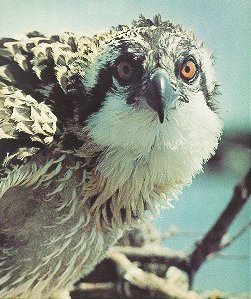Eagles, Other Birds Thrive After EPA's 1972 DDT Ban

[EPA Journal - July 1983]
Visitors to many of the U.S. Fish and Wildlife national refuges this summer will find that populations of such relatively rare birds as the bald eagle, the brown pelican, the osprey and the peregrine falcon are now increasing. A major reason for their comeback is the ban on most uses of the pesticide DDT, put into effect in 1972 by William D. Ruckelshaus during his first service as EPA Administrator. U.S. Fish and Wildlife Service researchers proved that DDE, a breakdown product of DDT, was responsible for the eggshell thinning which caused sharp population declines among certain bird species. The research showed that the species most seriously affected by DDT were those that preyed on fish and other small animals that had been exposed to DDT.
